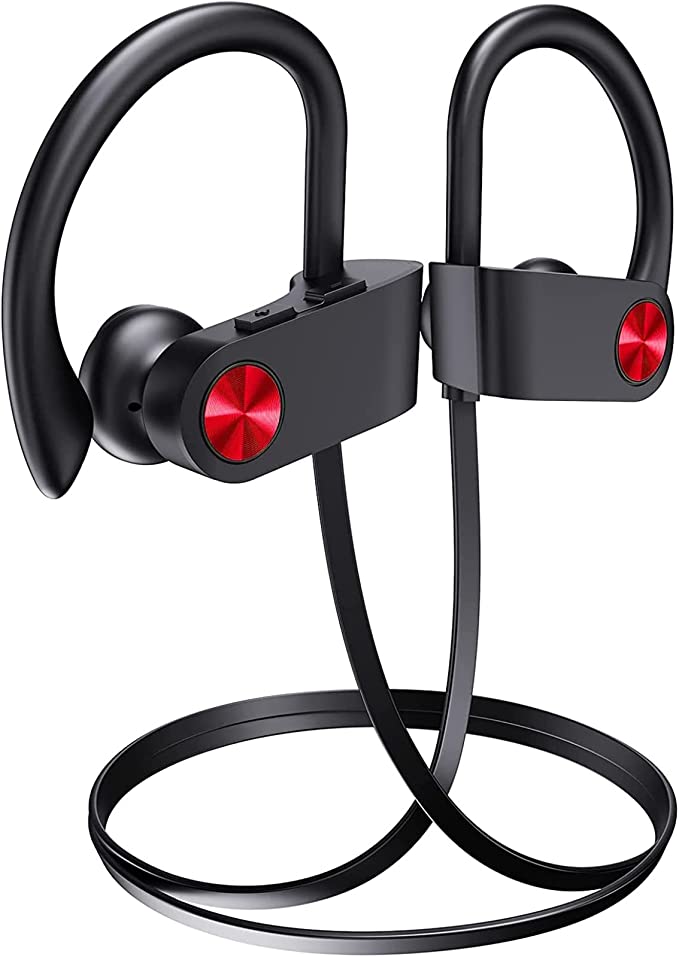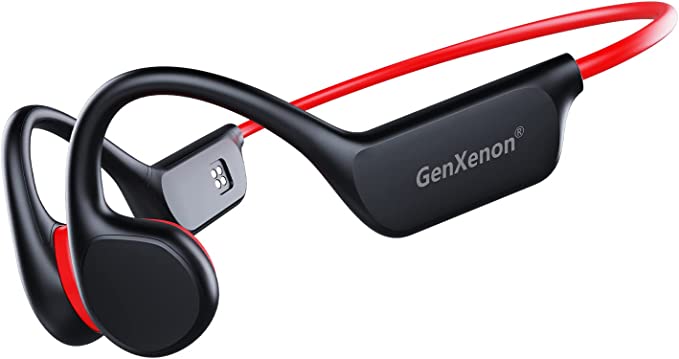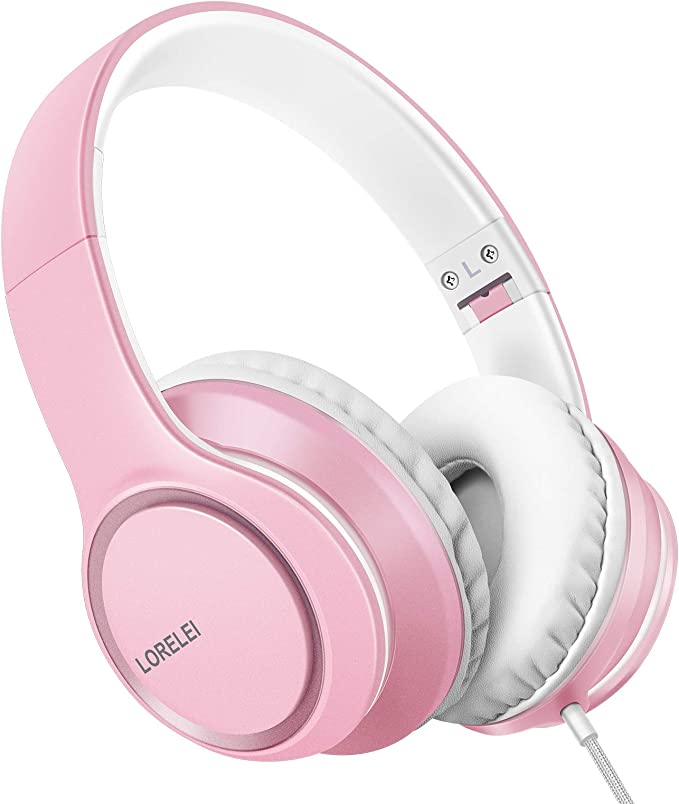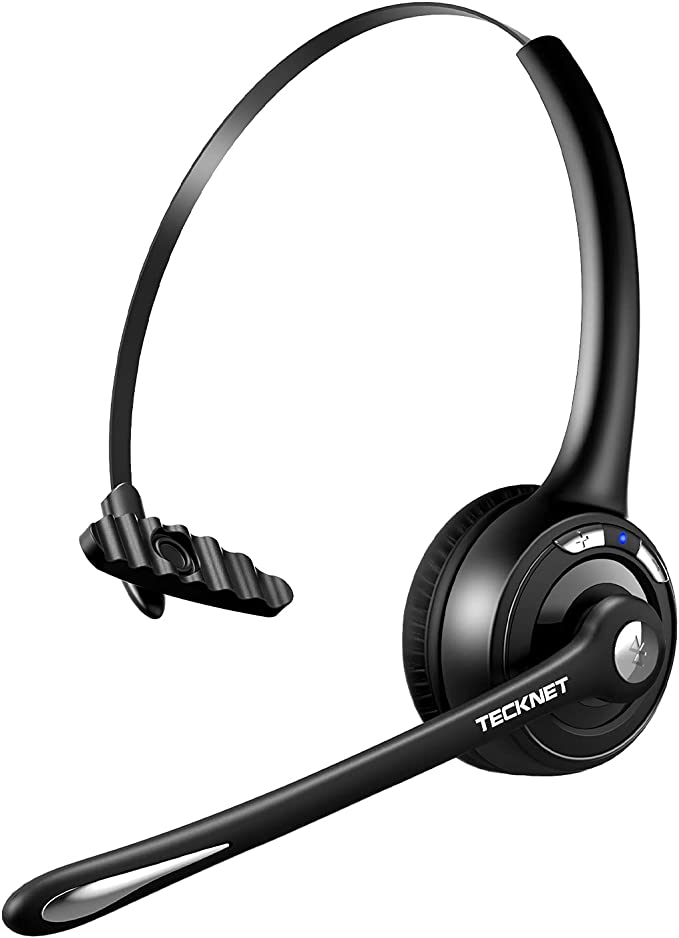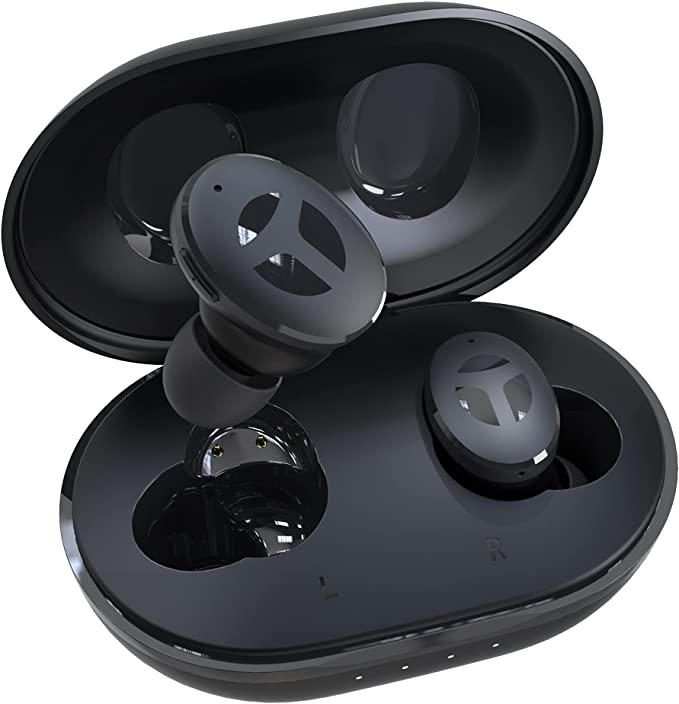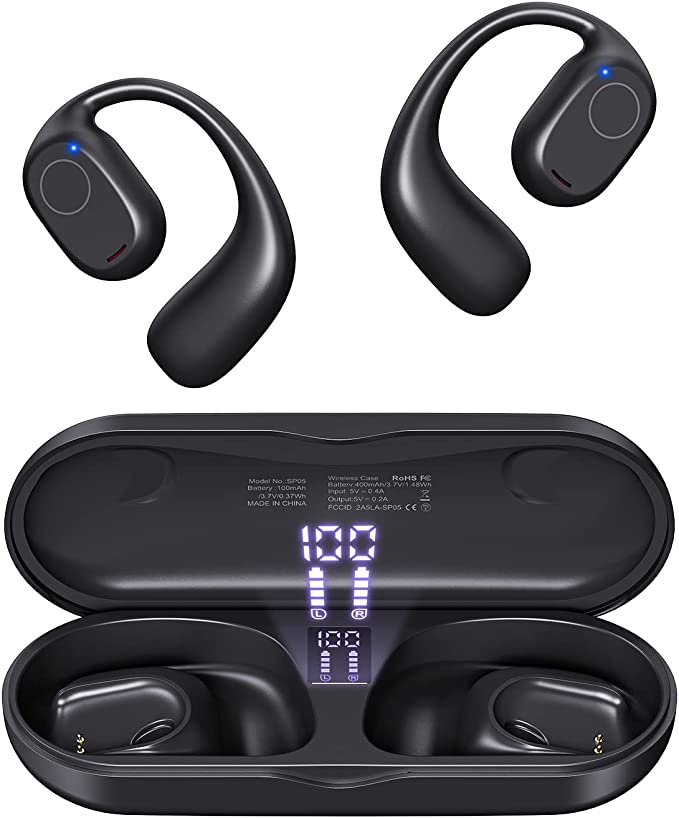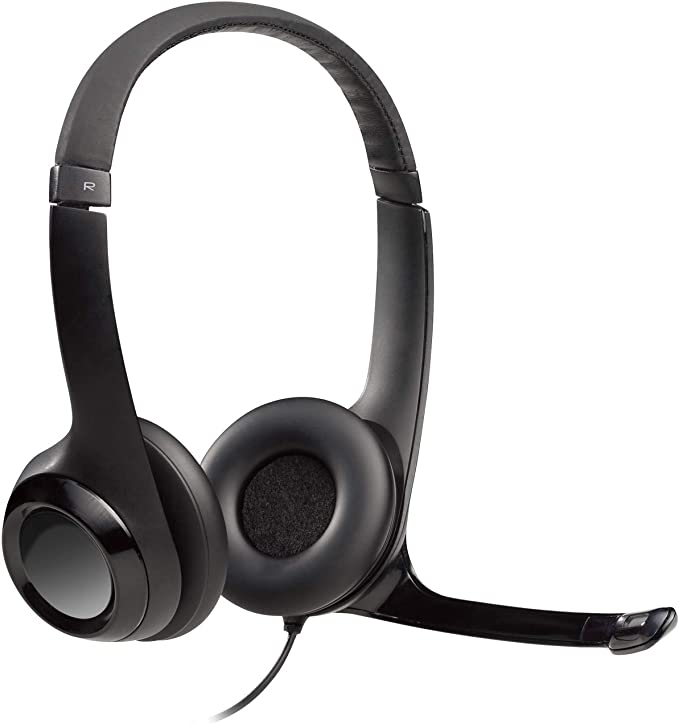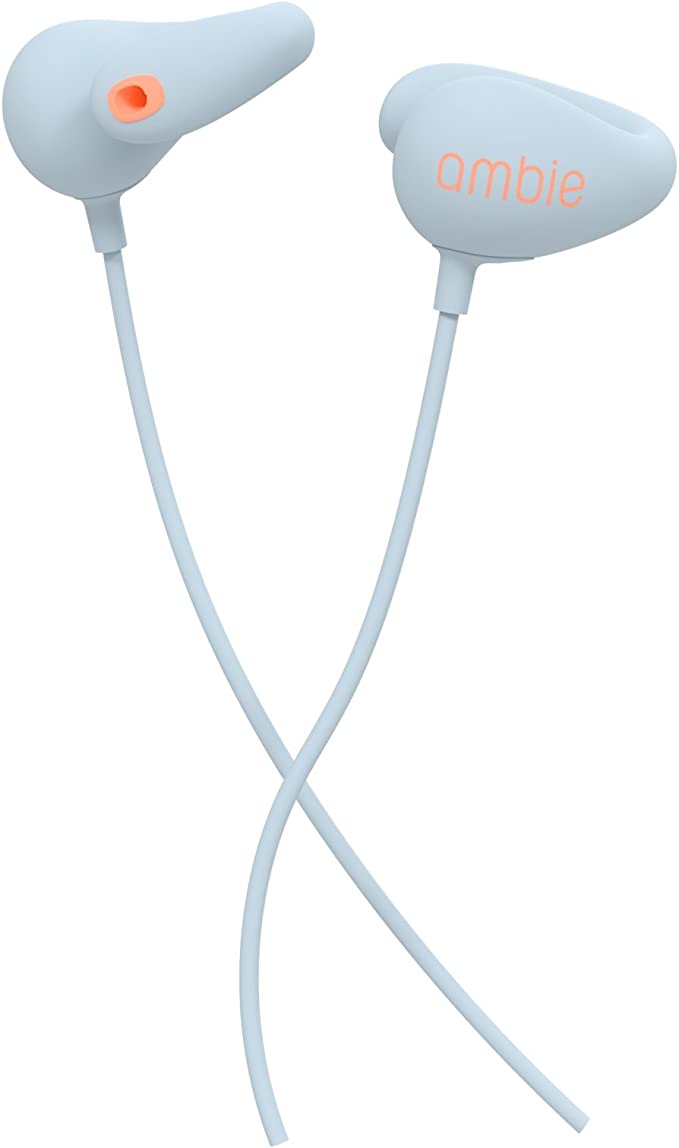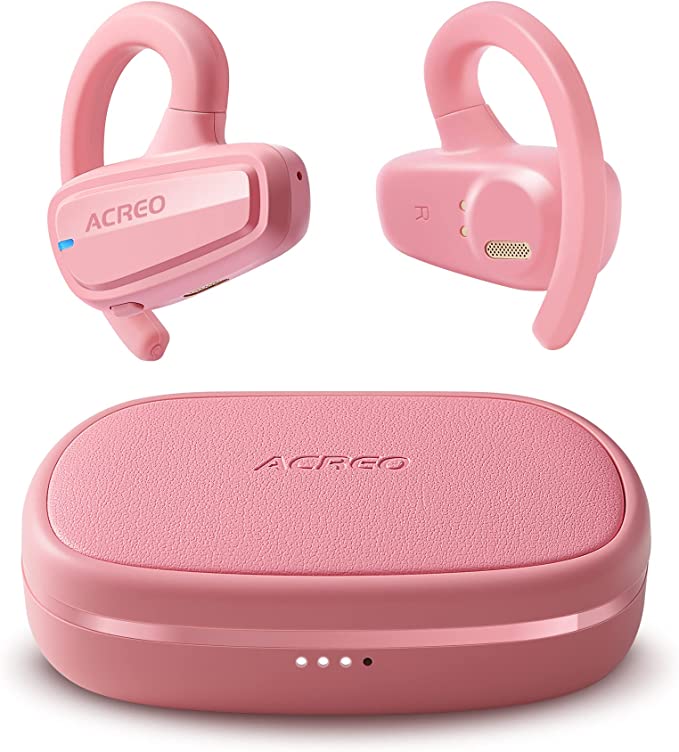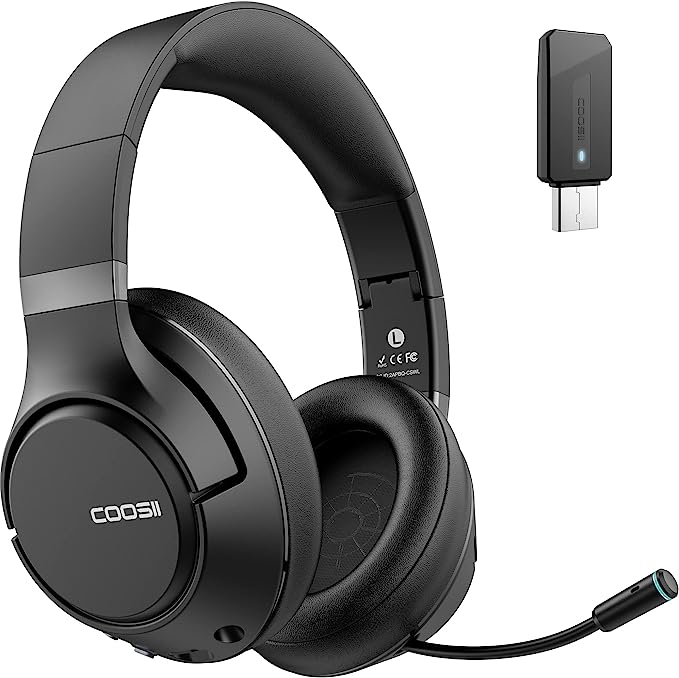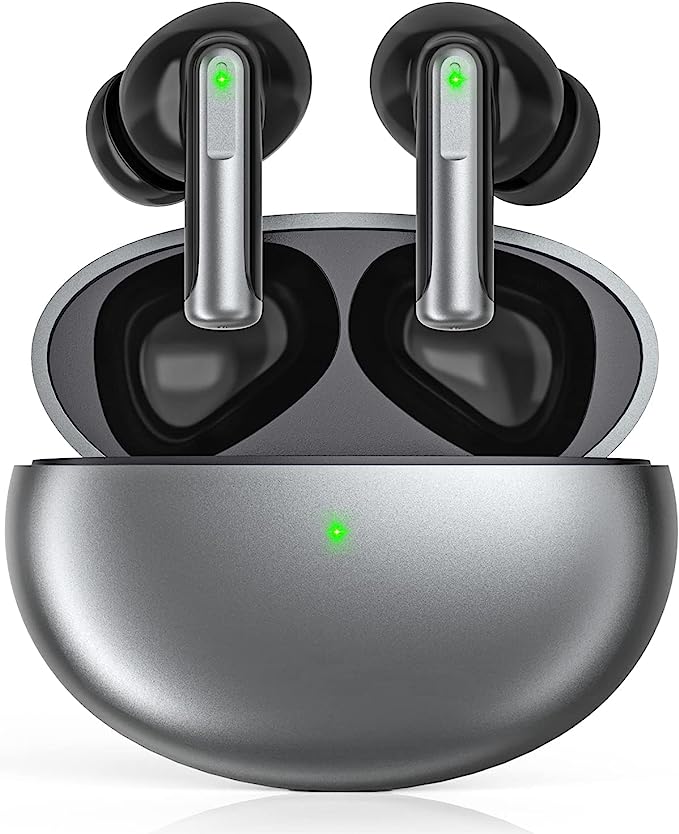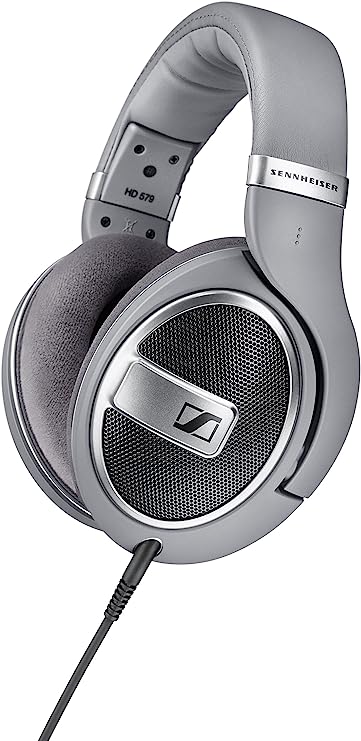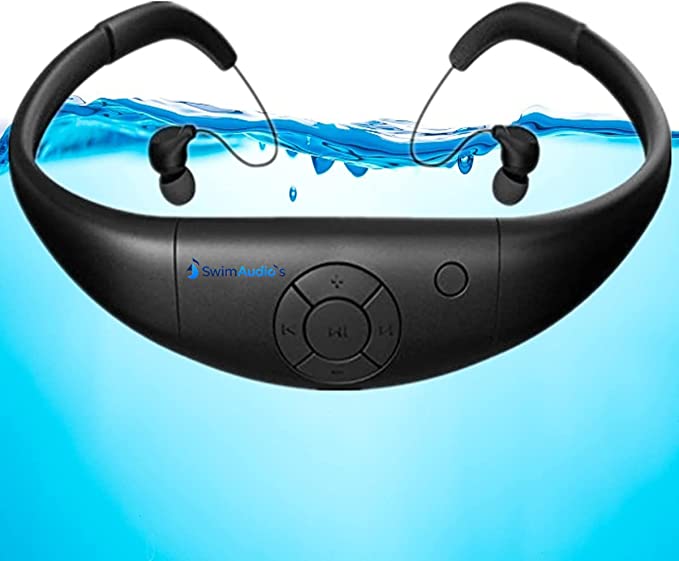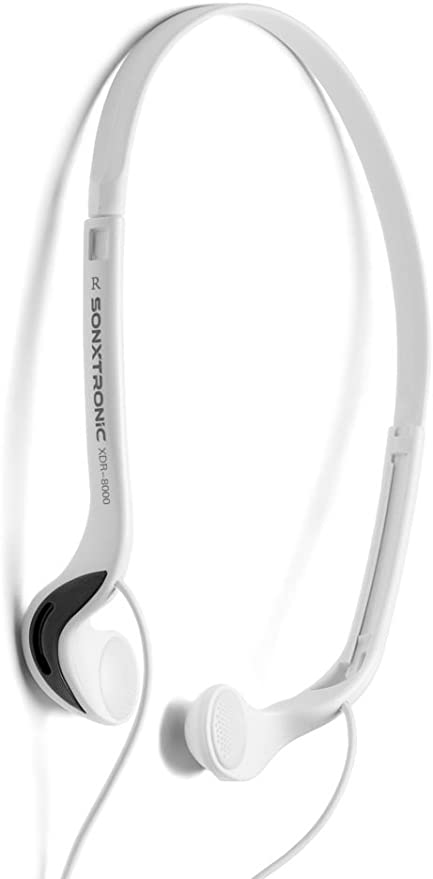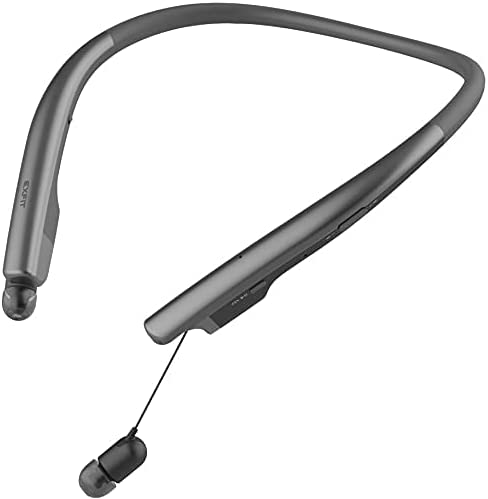Red Light, Green Light: A Skeptic's Guide to Choosing an Effective Photobiomodulation Device
Update on Oct. 14, 2025, 6:20 p.m.
The market for at-home wellness technologies is booming, and at the forefront is the alluring promise of red light therapy, or Photobiomodulation (PBM). Devices ranging from handheld wands to full-body panels claim to relieve pain, rejuvenate skin, and enhance recovery, all with the simple application of light. But with this explosion in popularity comes a flood of marketing hype, dubious claims, and a bewildering array of products. For the discerning consumer, a critical question arises: Is this a legitimate therapeutic tool, or just an expensive placebo?
The answer is nuanced: the science behind PBM is robust, but its effectiveness is critically dependent on getting the technical parameters right. A device that delivers the wrong wavelength, an insufficient amount of power, or is used improperly, will likely have no effect. This guide is designed to arm you, the skeptic and savvy consumer, with the scientific framework needed to cut through the marketing noise and determine if a device is based on sound principles or just selling a rosy glow.

The Most Important Factor You’ve Never Heard Of: Dose
If you take away only one concept, let it be this: the biphasic dose response. Also known as the Arndt-Schulz Law, this principle governs PBM and states that there is a therapeutic window for the “dose” of light. Too little light, and there is no biological effect. Within the optimal range, you get a beneficial, stimulatory response. But, critically, too much light can be inhibitory, negating the positive effects or even making things worse. A 2017 meta-analysis in the Journal of Photochemistry and Photobiology highlighted this issue, finding that many studies with negative results for PBM likely failed because they used an incorrect dosage, either too high or too low.
The dose is determined by two main factors:
1. Power Density (Irradiance): This is the amount of power the light delivers per unit area (measured in mW/cm²). A higher irradiance doesn’t always mean better; it just means you can deliver the target energy dose in less time. Devices with extremely low irradiance may require impractically long session times to be effective. Reputable manufacturers should provide this specification. A minimum of 20-30 mW/cm² is often cited as a reasonable starting point for therapeutic relevance at the skin’s surface.
2. Time: The duration of the application.
The total energy delivered (the “fluence,” measured in J/cm²) is the product of power density and time. This is the ultimate number that matters.
Deconstructing a Device: The Three Technical Pillars
When evaluating a PBM device, move past the sleek design and focus on the specifications that determine its biological efficacy.
1. Wavelength: The Right “Key” for the Cellular Lock
As we’ve explored, PBM works because specific mitochondrial enzymes absorb specific wavelengths. The overwhelming body of research supports two primary therapeutic windows:
- Red Light (approx. 630-670 nm): Excellent for superficial tissues, skin health, and wound healing.
- Near-Infrared (NIR) Light (approx. 800-880 nm): Essential for deeper penetration to reach muscles, joints, ligaments, and even bone.
A device that falls significantly outside these ranges is questionable. High-quality devices, like the dual-wavelength MIESTONE which uses 650 nm and 808 nm, are designed to align with these scientifically validated windows. A device offering only red light will be ineffective for deep tissue issues. A 2019 study confirmed that 830 nm NIR light penetrates tissue approximately 4-5 times more deeply than 660 nm red light, making it indispensable for joint or muscle pain.
2. Power Output: The Engine of the Device
Total power output (measured in Watts or milliwatts) determines how much light energy the device is capable of emitting. This, combined with the beam area, dictates the power density. Be wary of manufacturers who only list the power consumption of the device (e.g., a “300W” panel) rather than the actual optical power output of the LEDs, as the latter is always significantly lower. A device must have sufficient power to deliver a therapeutic dose in a reasonable timeframe. For example, to achieve a dose of 10 J/cm², a device with a power density of 50 mW/cm² would require a treatment time of 200 seconds (3 minutes and 20 seconds).
3. FDA Classification: Navigating the Regulatory Maze
In the United States, PBM devices can fall into different FDA categories, and understanding this is crucial.
- FDA Cleared (Class II Medical Device): This means the manufacturer has submitted documentation (a 510(k) premarket notification) demonstrating that their device is “substantially equivalent” to another legally marketed device. This clearance is typically for specific indications, such as “the temporary relief of minor muscle and joint pain and stiffness.” A 2021 review found that less than 15% of consumer PBM devices on a major online marketplace had verifiable FDA clearance.
- General Wellness Product: Most devices on the market fall into this category. The FDA defines these as products intended only for general wellness use, presenting a very low risk to users. They cannot make medical claims to treat, diagnose, cure, or prevent any disease.
An FDA clearance provides a layer of regulatory oversight and assurance that the device has met certain standards. While a “General Wellness” device is not necessarily ineffective, the burden of proof for its technical specifications and efficacy falls entirely on the consumer’s research. Always look for transparent, verifiable technical specifications from the manufacturer.

Conclusion: Your Consumer Checklist
Before you invest in a PBM device, stop and ask these critical questions:
1. Does the manufacturer clearly state the specific wavelengths used? (Look for numbers in the 630-670 nm and 800-880 nm ranges).
2. Do they provide the power density (irradiance) in mW/cm²? (If not, this is a major red flag).
3. Is the device FDA Cleared for a specific indication, or is it a General Wellness product?
4. Are their claims backed by references to independent, peer-reviewed scientific studies?
Photobiomodulation is a legitimate and powerful therapeutic modality. However, the market is a classic “buyer beware” scenario. By arming yourself with a fundamental understanding of dose, wavelength, and power, you can move from being a passive recipient of marketing claims to an active, informed evaluator of technology. The goal is to invest not in a magic wand, but in a scientifically sound tool that delivers the right kind of light, in the right amount, to the right place.

